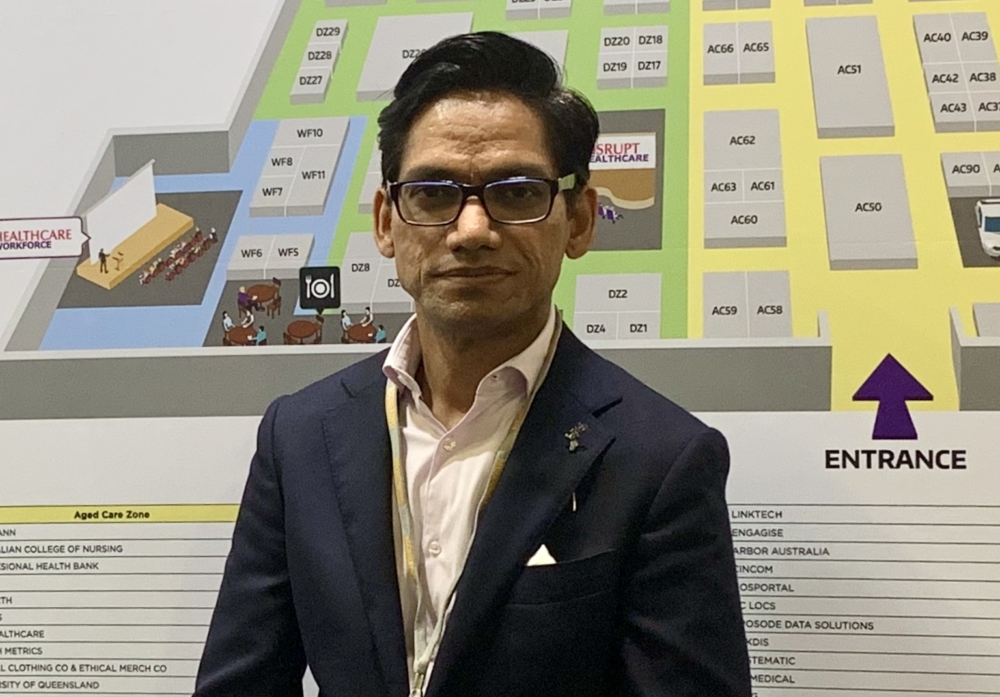Sepsis is a time-critical complex condition that requires evidence-based care delivered by appropriate levels of well trained, qualified and experienced staff supported by proactive organisational and quality processes, sophisticated technologies and reliable infrastructure. In 2017, the estimated sepsis incidence in the Asia Pacific region ranged from 120 to 200 per 100,000 population in Australia to 2500 to 3400 per 100,000 population in India.
Currently, there is limited information on the organisational structures, human resources, clinical standards, laboratory support, and therapeutic options available in the Asia Pacific region to treat sepsis. The Asia Pacific Sepsis Alliance (APSA), a regional network of the Global Sepsis Alliance (GSA), conducted a survey across the Asia Pacific including lower middle income (LMIC), upper middle income (UMIC) and high income countries (HIC) to better understand differences in critical care resources. The purpose of the survey is to inform healthcare workers , services, policy and governments, and facilitate improvements in sepsis care. The survey was conducted during the early phase of the COVID-19 pandemic, so included disaster management and questions specific to COVID-19 patients.
See Dr Ashwani Kumar, Research Associate, The George Institute for Global Health and Australian Sepsis Network present the results at: APSA Critical Care Resources Survey results 2021
Read the full report here: APSA Critical Care Resources Report 2021

